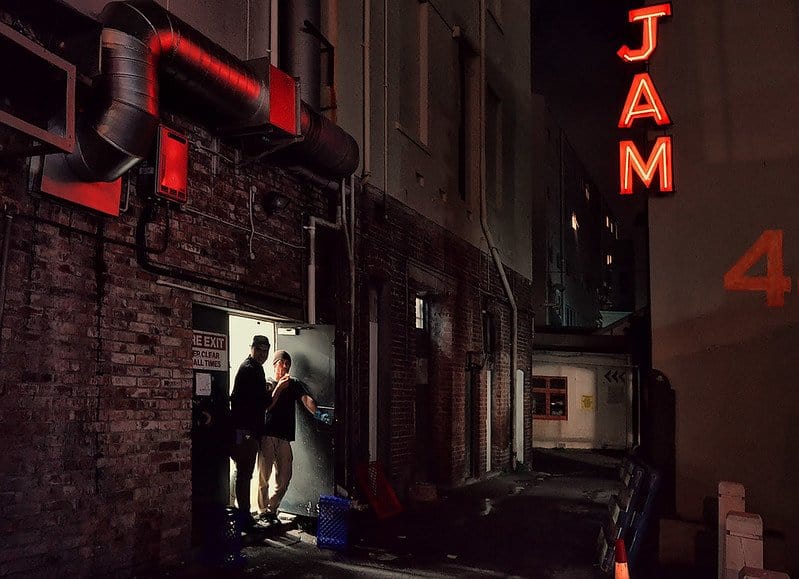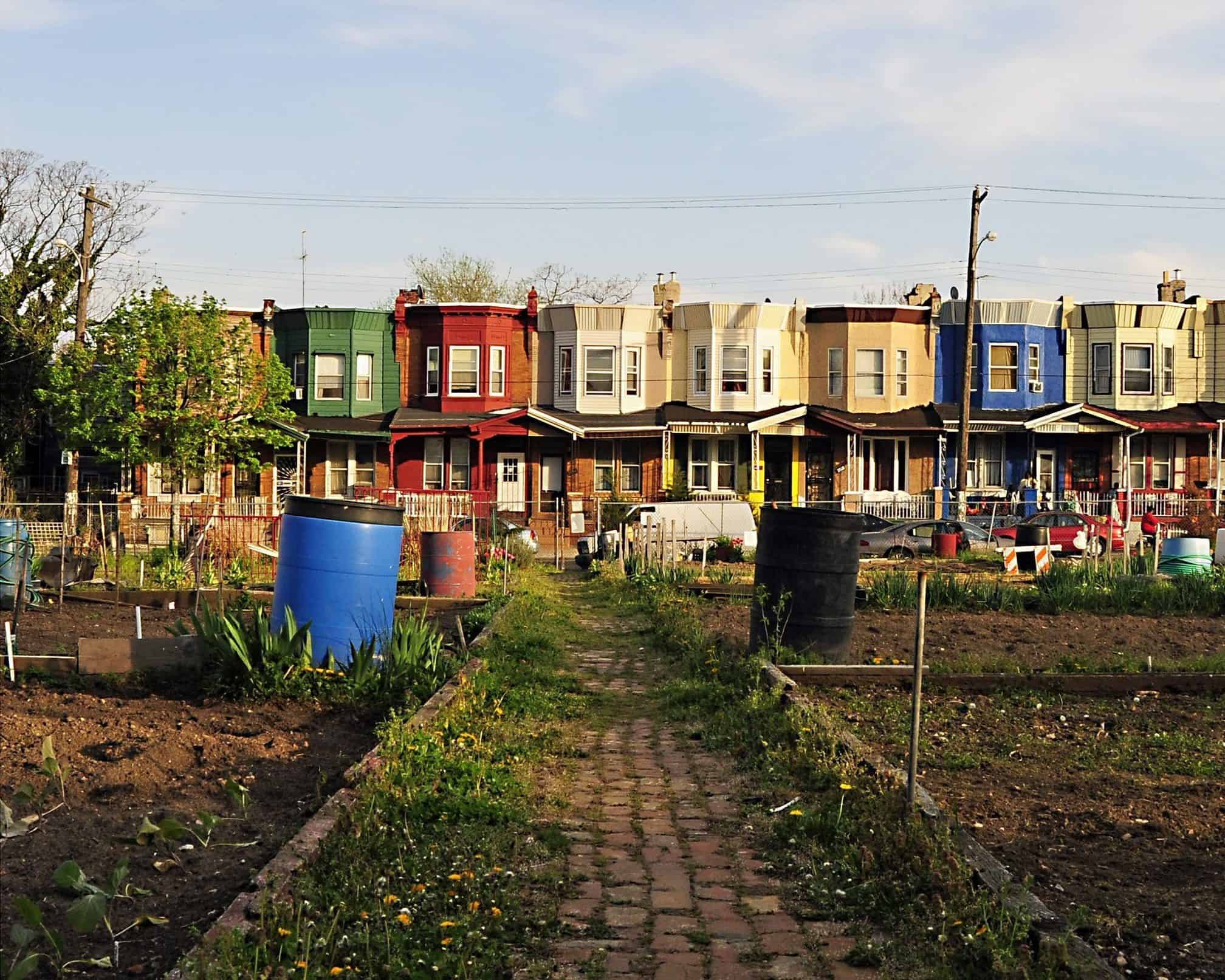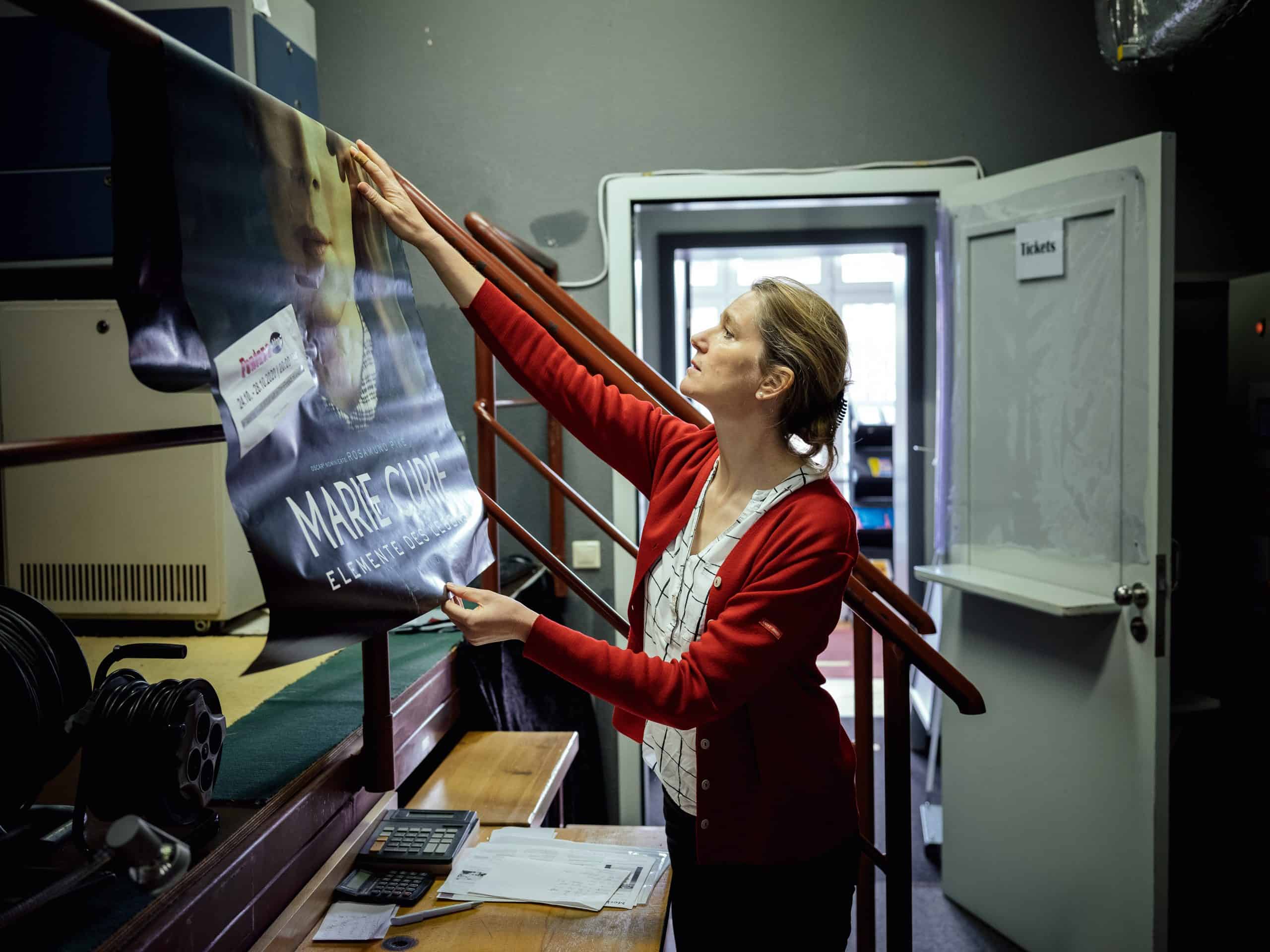For years, New Zealand has been trying to kick its smoking habit. Around half a million New Zealanders smoke tobacco every day — the equivalent of more than one in ten of all adults — and thousands die from it each year.
In an attempt to finally stub out smoking, the government last month tabled a set of forward-looking and in some cases radical proposals largely aimed at reducing rates of smoking in younger and minority groups, pinning its hopes on a generational shift in behavior.
Among the health ministry’s proposals are a gradual increase of the legal smoking age from 18 to 25, and a lifetime ban on the sale of cigarettes and tobacco products to anyone born after 2004. In other words, should these proposals be adopted, any New Zealander currently under 18 years old would never be able to buy cigarettes legally.
Other plans to combat smoking include significantly reducing the level of nicotine allowed in tobacco products, prohibiting flavored filters, setting a minimum price for tobacco, and heavily restricting the number of locations where tobacco and cigarettes can be sold. These follow previous policies such as creating outside smoke-free areas, introducing a tobacco excise tax and banning advertising.
“We need a new approach,” said Dr. Ayesha Verrall, New Zealand’s associate health minister, in a statement about the proposals. “About 4,500 New Zealanders die every year from tobacco, and we need to make accelerated progress to be able to reach that goal. Business-as-usual without a tobacco control program won’t get us there.”
Prohibition versus harm reduction
The proposals form part of the Smokefree 2025 goal, which was announced by the government in March 2011 and has the threefold aim of reducing the supply of and demand for tobacco products, providing better support for those trying to quit and protecting minors from exposure to tobacco marketing, by 2025.

Yet with two-thirds of that timeline having already passed, smoking is still prevalent despite some advances — a reality the new proposals aim to rectify. According to the most recent data from the New Zealand Health Survey, 11.6 percent of the country’s adult population are daily smokers — down from 16.3 percent in 2011, but more than double the five percent target set by ministers.
The government says a key objective is to address the disproportionate impact of smoking on underprivileged communities. Just under one third of Māori women smoke daily, making them the group with the country’s highest rates of smoking, and as a consequence cancer is the leading cause of death for Māori women. The largest inequities are among teenage Māori girls, who are more than eight times more likely to smoke daily than non-Māori girls. Groups living in the most deprived areas are also five times more likely to smoke than those living in the least deprived areas.
But Shane Kawenata Bradbrook, director of the Māori Smokefree Coalition, says the “devastating” impact of smoking on Māori communities goes far beyond the numbers of deaths. “The loss to Māori has hit the four areas of health, the social, economic and cultural well-being,” he says. “We have lost knowledge bases and the ability to transfer that to future generations. It is devastating.”
Bradbrook says the proposals could help tackle the “highly normalized” situation of smoking among Māori populations. “I think they are innovative and pragmatic,” he adds. “Policy changes like these draw a line in the sand that should result in the inability of the younger generations coming through to ever buy tobacco again.”
Public health experts have also praised the approach. Janet Hoek, professor of public health at the University of Otago, says the goal of reducing smoking prevalence to below five percent and as low as possible is “an excellent idea and could bring profound health benefits as well as reducing long-standing health inequities.”
According to Hoek, reducing the supply of tobacco to only five percent of the 6,000 to 8,000 outlets that currently sell it across New Zealand, would “finally recognize that tobacco is not a normal everyday product that should be sold alongside bread, milk and staple household items.” Restricting nicotine content in cigarettes, she adds, would render smoking “unsatisfying” and encourage a shift to vaping.
Weighed down by negative news?
Our smart, bright, weekly newsletter is the uplift you’ve been looking for.Yet the government’s plans, which mark a new height in efforts to cut out smoking, have come under a broad range of criticism. Critics warn that local convenience stores would suffer an economic hit from being unable to sell tobacco, that working class groups would be unfairly penalized by the rising costs of smoking, and that the black market sale of tobacco would be given a boost from any pressure on legal sales.
“New Zealand smokers who can least afford it will spend more on their habit and in turn do harm to those around them if the government mandates lower nicotine,” said Karen Chhour, social development and children spokesperson of the right-wing ACT party, in a statement. “There’s a strong argument too that this will drive up the trade of black market tobacco with high nicotine, driving those addicted to cigarettes to turn to crime to feed their habit.”
However, pro-legalization drug advocacy groups struck a more cautious tone about the proposals to reduce nicotine in cigarettes to minimal levels and to introduce a smoke-free generation by stopping future sales to those born after a certain date.
“These need careful scrutiny,” says Kali Mercier, policy manager at the non-profit NZ Drug Foundation. “We can’t risk swinging too far towards a complete ban of cigarettes, as this has proven so ineffective when it comes to other drugs. Careful regulation is the best way to reduce harm, and the last thing we want to see is the black market stepping up tobacco sales.”
Health professionals around the globe will be watching the results closely as tobacco smoking remains one of the world’s greatest health concerns. According to a study in The Lancet medical journal, more than eight million people died prematurely as a result of smoking in 2017. Over the course of the 20th century, it killed around 100 million people, mostly in richer countries, and estimates suggest a billion could die in the 21st century as the habit spreads to low-to-middle income nations.
A spokesperson for the Ministry of Health stressed that Smokefree 2025 “is a goal, not a ban” as framed by the tobacco industry and that the government would only consider the final proposals later this year at the end of the consultation period and following extended analysis. “Smoking continues to cause a significant amount of preventable disease and premature death in New Zealand,” added the spokesperson.
In the meantime, Mercier believes a “head start” could be made on initiatives that don’t require law change such as scaling up community led initiatives, renewed mass media campaigns and doing more to optimize access to vaping.
“We need to do something pretty radical to meet the goals set in the Smokefree 2025 strategy,” she says. “The mix of proposals being recommended will help us make the progress we desperately need.”









